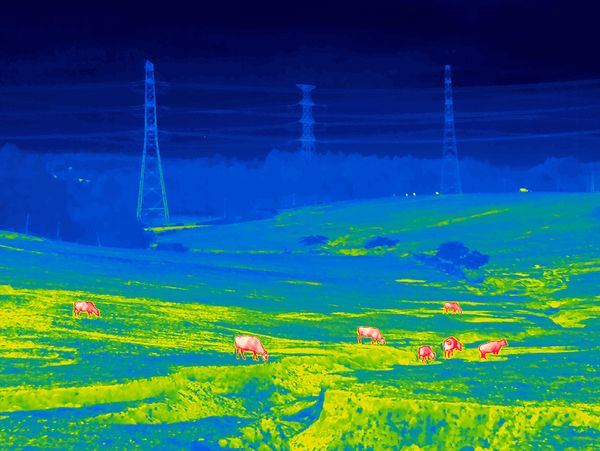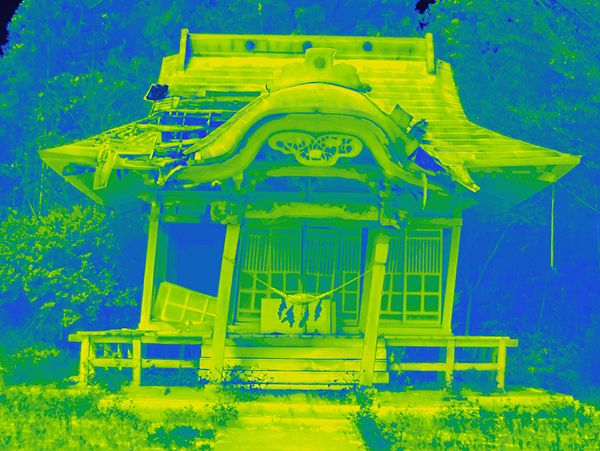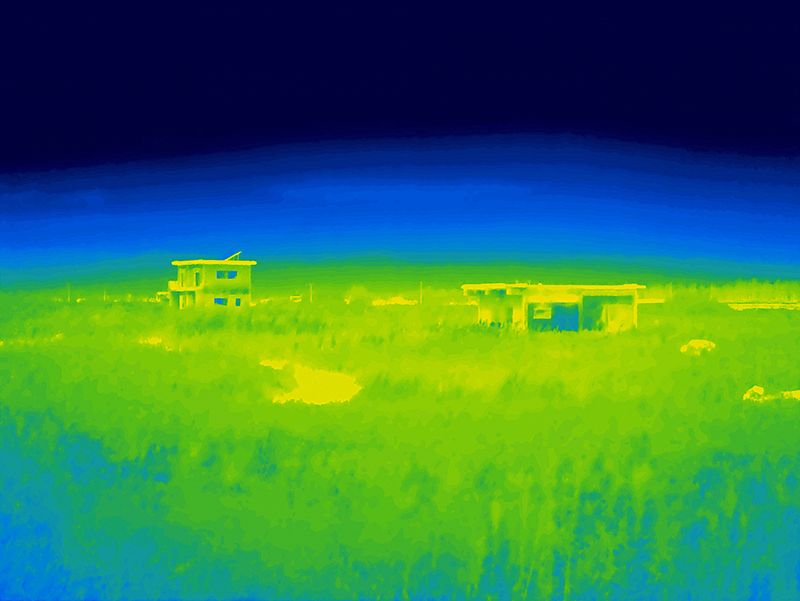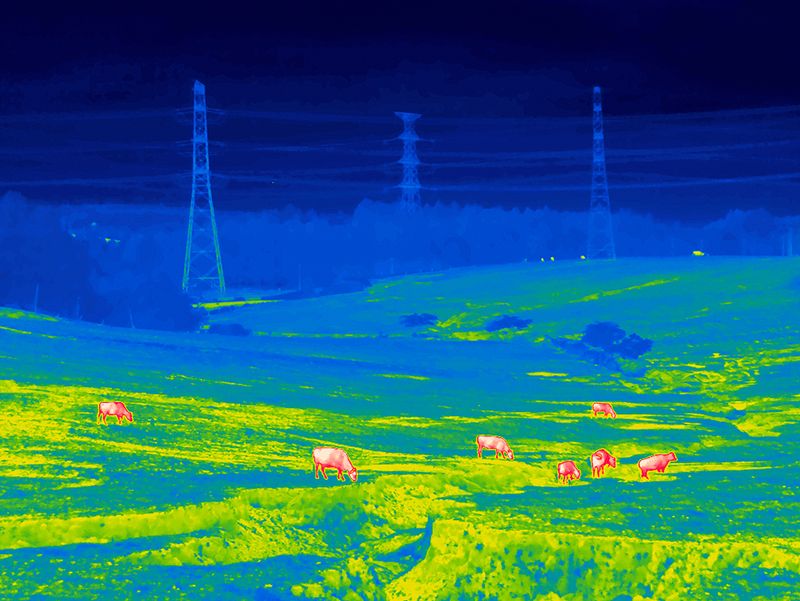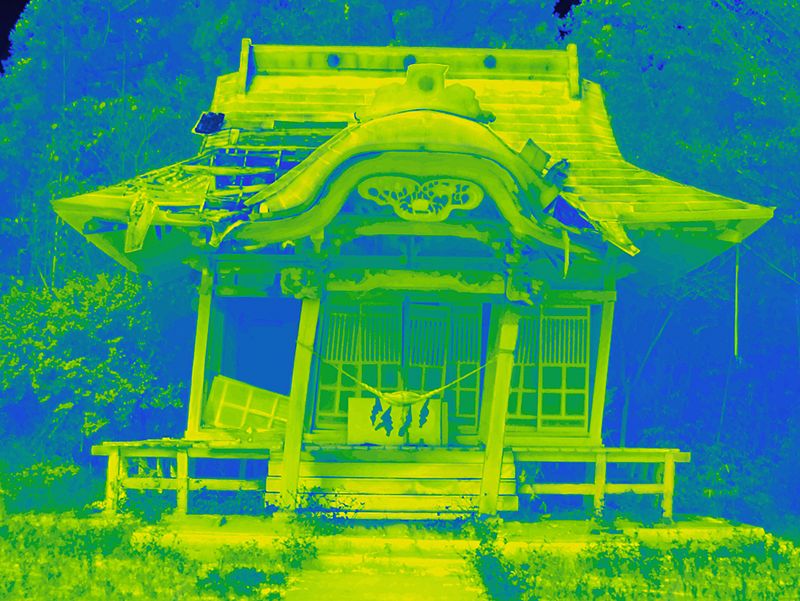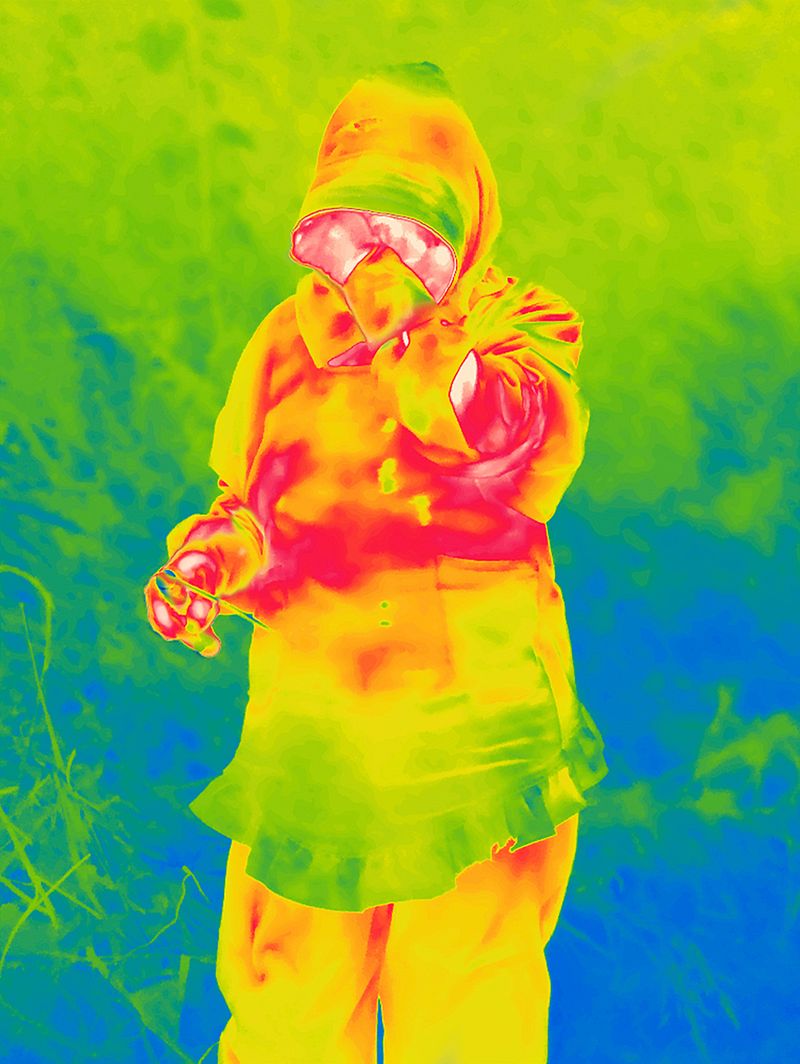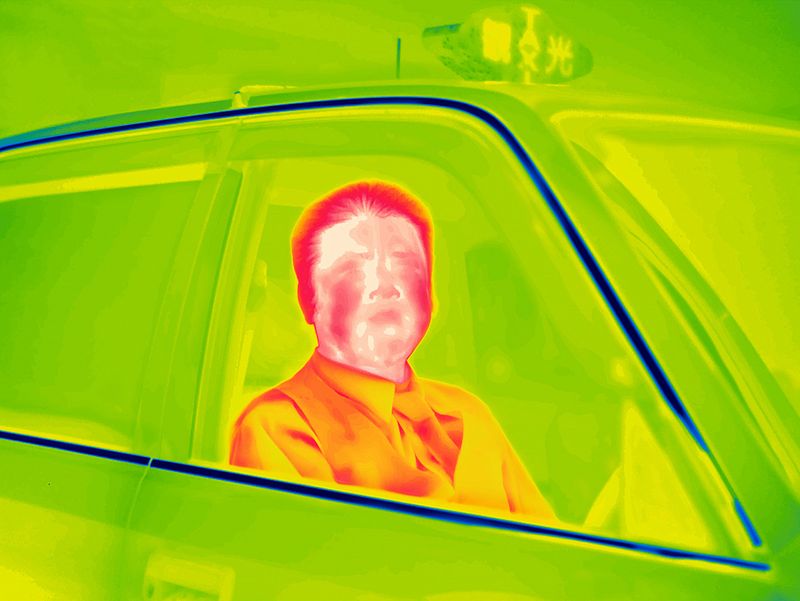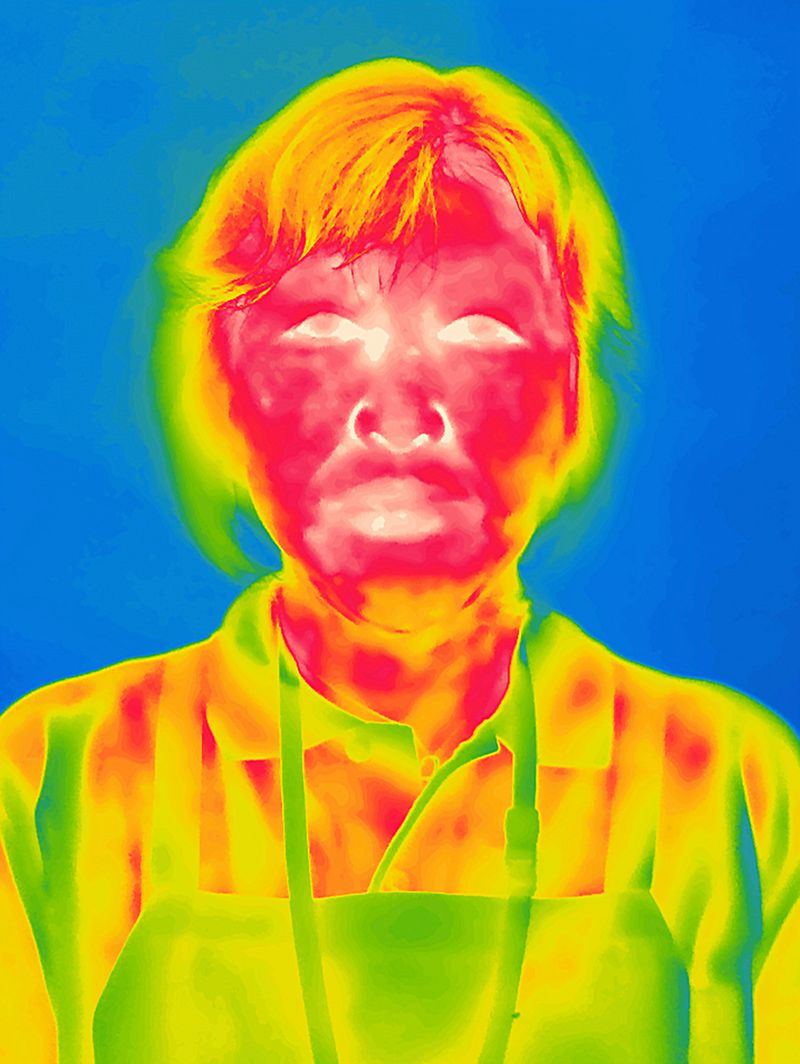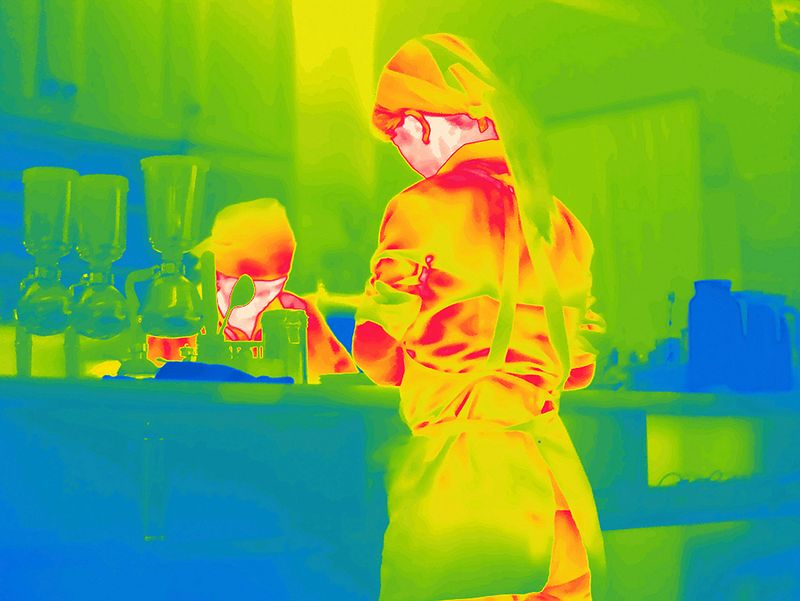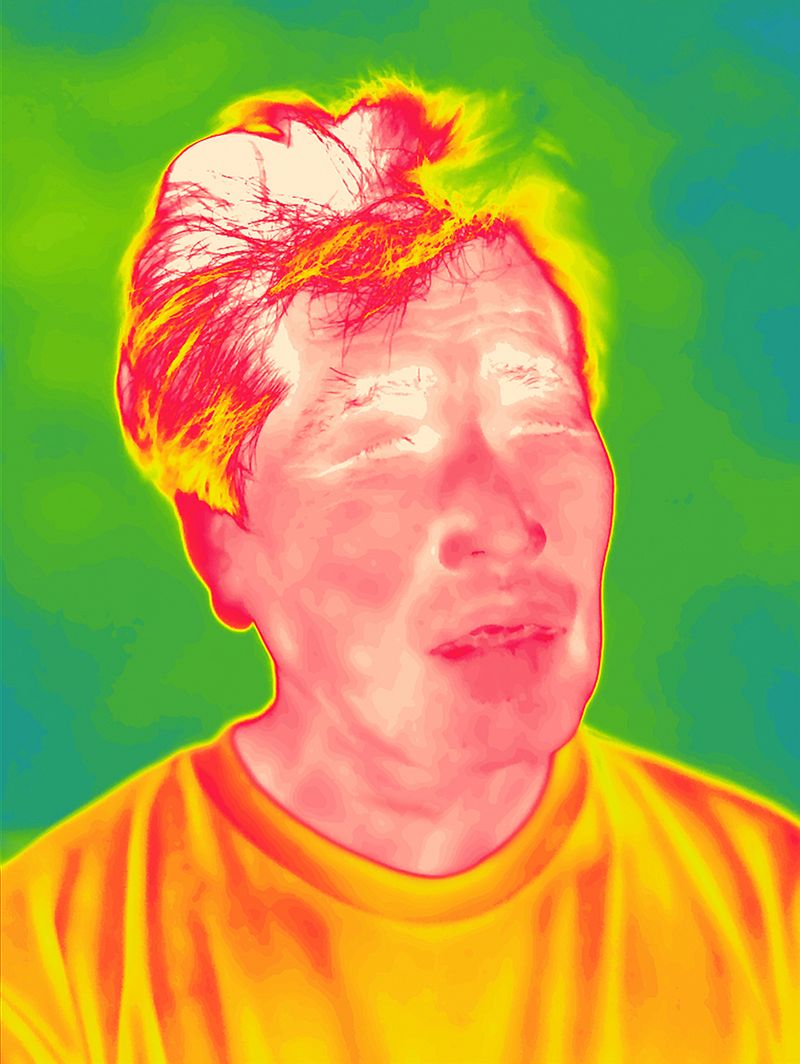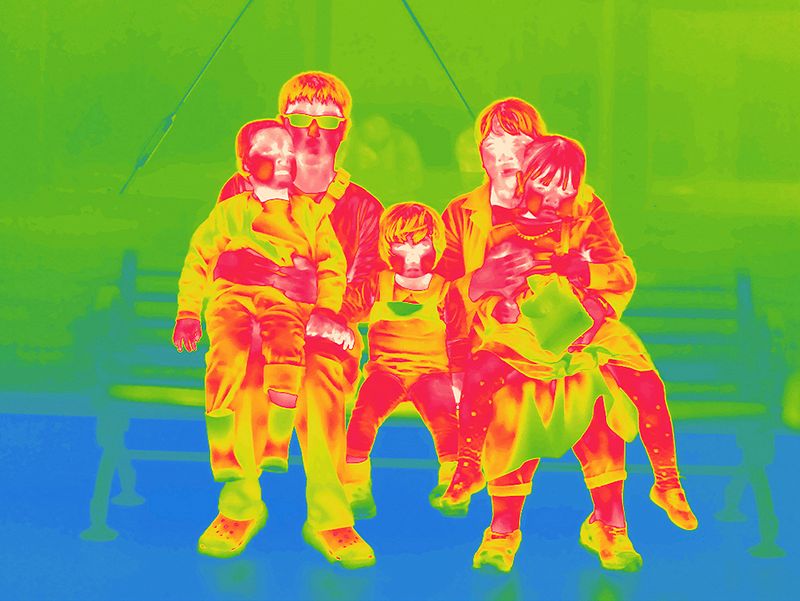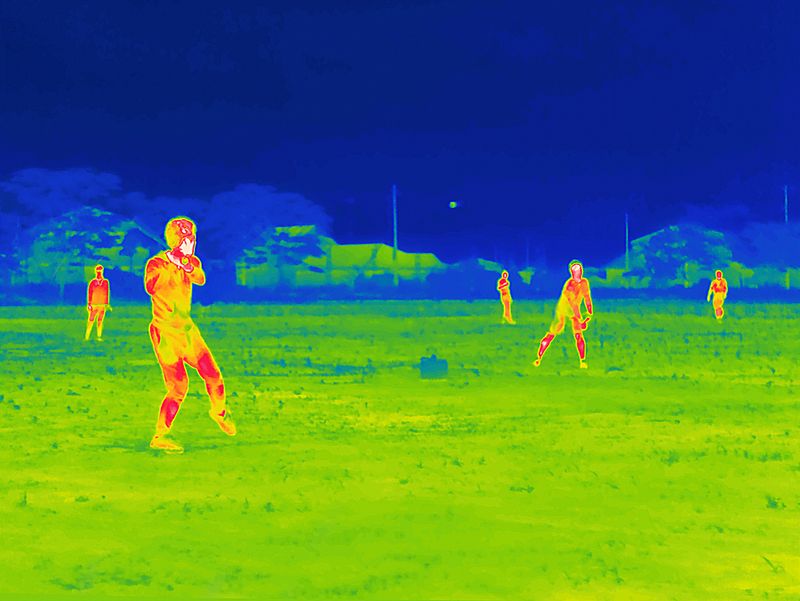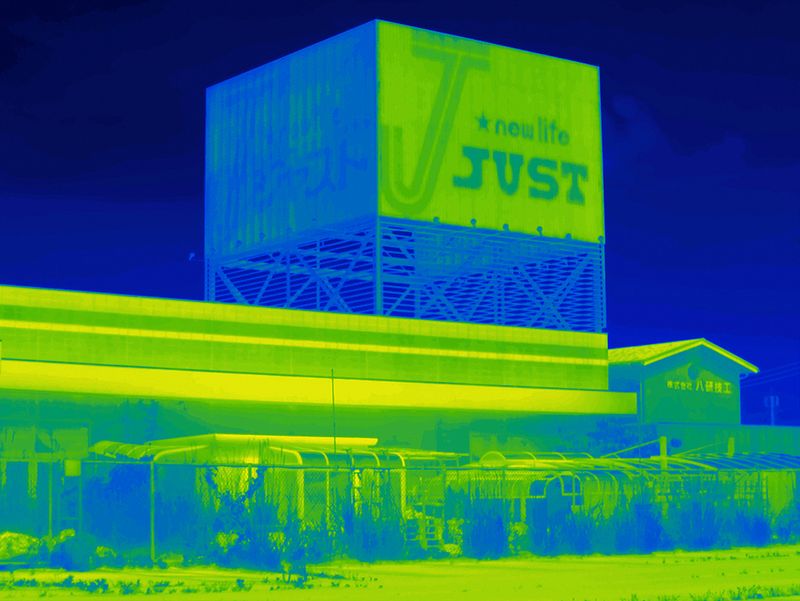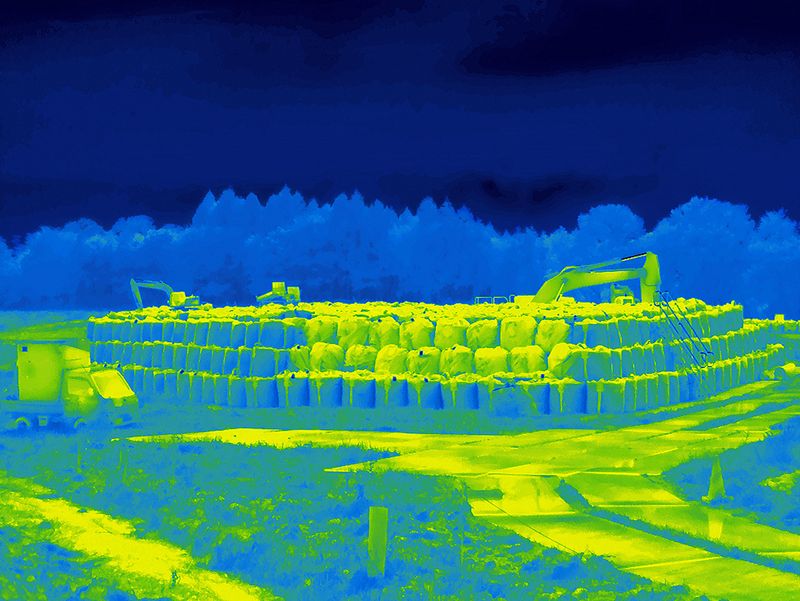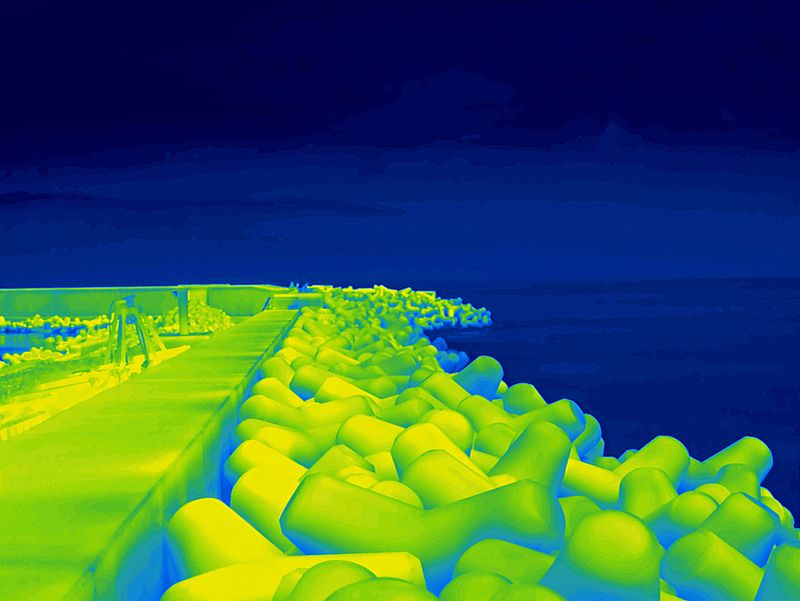Restricted Residence
-
Dates2020 - 2020
-
Author
- Topics Contemporary Issues, Documentary
- Location Japan, Japan
My work examines the relocation of Japanese citizens to Namie and Iitate, two towns exposed to extreme radioactivity following the catastrophic leak at Fukushima Daiichi Nuclear Power Plant after the 2011 earthquake and tsunami.
“There is something about the invisibility of radiation, and its potential to kill silently. We have good reason to fear what we cannot see, or taste, or hear, or touch. If our senses offer no guide to the scale of the risk, we must assume the best or fear the worst.” – Fred Pearce, a science and environmental writer.
My work examines the relocation of Japanese citizens to Namie and Iitate, two towns exposed to extreme radioactivity following the catastrophic leak at Fukushima Daiichi Nuclear Power Plant after the 2011 earthquake and tsunami.
Despite the inconclusive scientific consensus of the long-term effects of radiation, in 2017 the Japanese government began to reduce the exclusion zones and financially incentivise residents to return to what were formerly bustling towns. Now, the area is eerily empty, with just a few hundred people brave enough to return. With the reactor still unrepaired and uninhabitable radiation hotspots scattered across the landscape, some believe these areas will not be safe for 50 years or longer.
Restricted Residence employs thermographic technology often used in medicine (to screen for illnesses) as well as industrial surveying (for leaks and spillages), to render the everyday landscapes of Namie and Iitate abstract and surreal. My work attempts to visualise the potential hidden stresses on those living in an altered environment and examine Radiophobia: the fear of ionizing radiation and its long-term psychological impact. At present various medical agencies, such as the WHO (World Health Organisation) agree that there has been, and will continue to be, more issues concerning mental health rather than physical health. My images also convey human resilience and raise questions about the wider ramifications of how people live with environmental disasters.
Monograph available now, published by Loose Joints.

